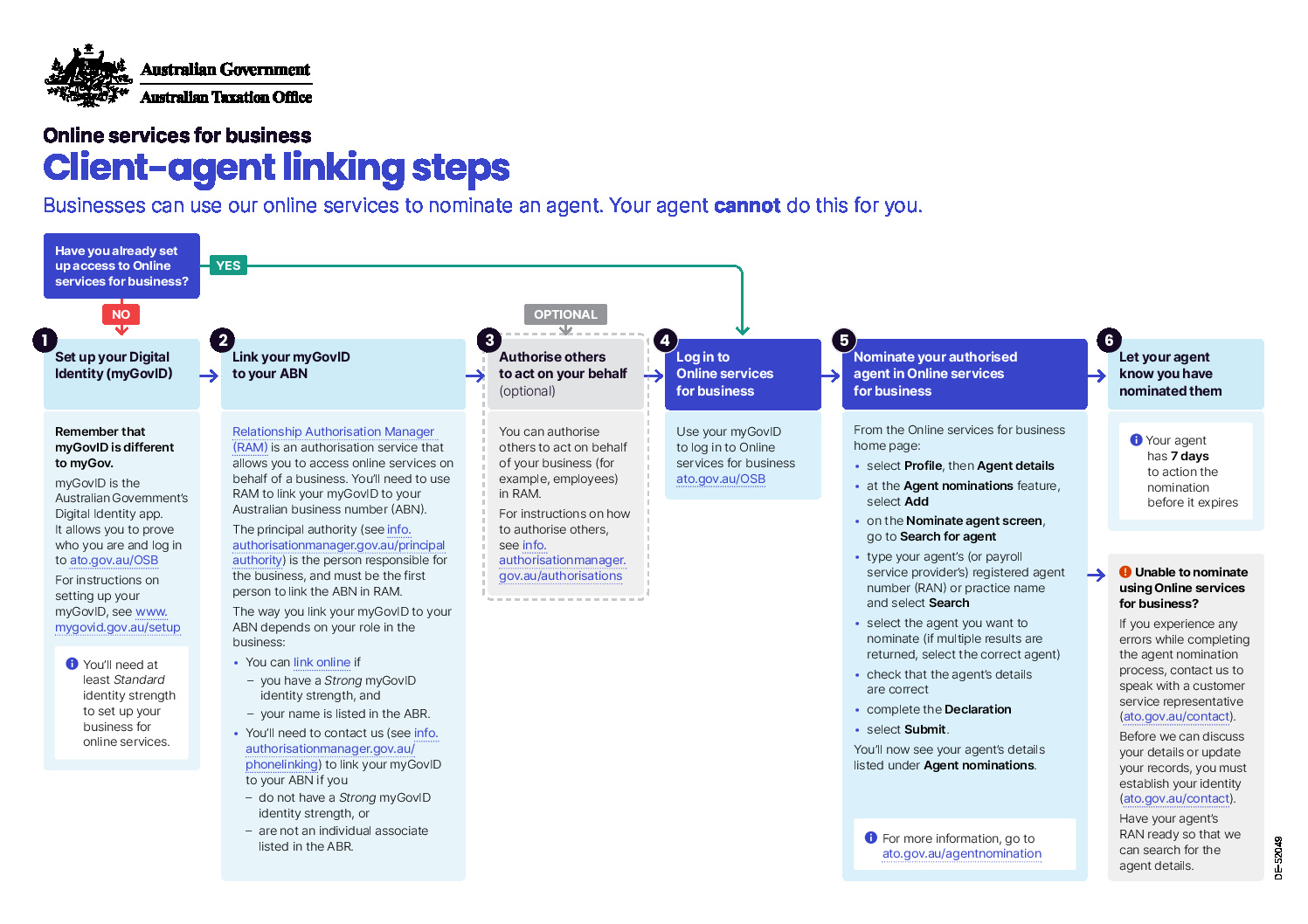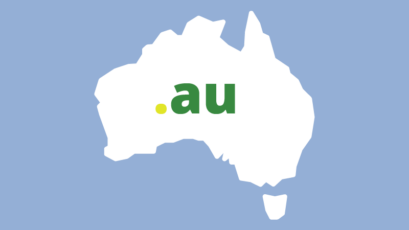The superannuation guarantee amnesty is a one-off opportunity to correct past unpaid SG amounts. Employers have a six-month window, until 7 September 2020, to disclose, lodge and pay unpaid SG amounts for their employees. Employers can claim deductions and not incur administration charges or penalties during this amnesty.
Superannuation guarantee amnesty background
The complexities surrounding employee remuneration has become evident in recent years and calculating the appropriate level of employer superannuation contributions is no exception.
Before the amnesty period expires on 7 September 2020, employers should take the opportunity to ensure all contributions have been made, and review the payroll classification to ensure the various components of the payroll are correctly classified as “Ordinary Times Earnings” (OTE).
If incorrect classifications have been made, now is the time to confront the mistakes and make a voluntary disclosure to the ATO under the amnesty.
Common mistakes when calculating superannuation guarantee payments
Some common mistakes we’ve seen include:
- Not treating annual leave loading as OTE
- Appropriate classification of allowances paid to employees
- Not making superannuation contributions on behalf of independent contractors (not operating through an entity) who are paid for their labour.
Under the amnesty, an employer may report any unpaid superannuation guarantee shortfall, without the imposition of the administration charge ($20 per employee per quarter), penalties, and the ability to claim a tax deduction for the shortfall.
Post the amnesty period, the penalties will be severe with a 200% penalty on top of the SGC shortfall, administration charge, and non-deductibility of the costs. The ATO has a much clearer view of non-compliant employers, with real time reporting of payroll since the introduction of Single Touch Payroll (STP).
Applicable period
The amnesty only covers periods between 1 July 1992 until the quarter ended 31 March 2018.
The voluntary disclosure under the amnesty is available to all employers, provided they have not been subject to an ATO investigation in respect of the unreported superannuation. Unlike other taxes, any shortfall of superannuation may extend back as far as 1 July 1992 and is not limited to the usual 4-year window.
Taking action now could save an employer significant tax costs, as well as any potential embarrassment. Remember the deadline is 7 September 2020, so we recommend acting now while there is still time.
How to apply for the employer superannuation amnesty
To apply for the amnesty, you must:
- lodge one approved SG amnesty form with the ATO for each quarter by 11.59pm on 7 September 2020
- check amounts are correct and there are no errors on the forms
- complete the declaration to confirm you are applying for the amnesty
- save the form as an .xls file.
Once the ATO receives your forms, they will tell you which quarters are eligible for the amnesty.
SG shortfalls for any quarter between 1 July 1992 and 31 March 2018 may be eligible for the amnesty if they haven’t been disclosed previously, or aren’t subject to a current or previous audit.
See also:
- ATO: SG amnesty form (XLS file)
- ATO: Superannuation guarantee amnesty
- Other articles on superannuation
If you have any questions regarding the superannuation guarantee amnesty, please contact your Quill Relationship manager or contact us if you need assistance with your business accounting or payroll needs.













